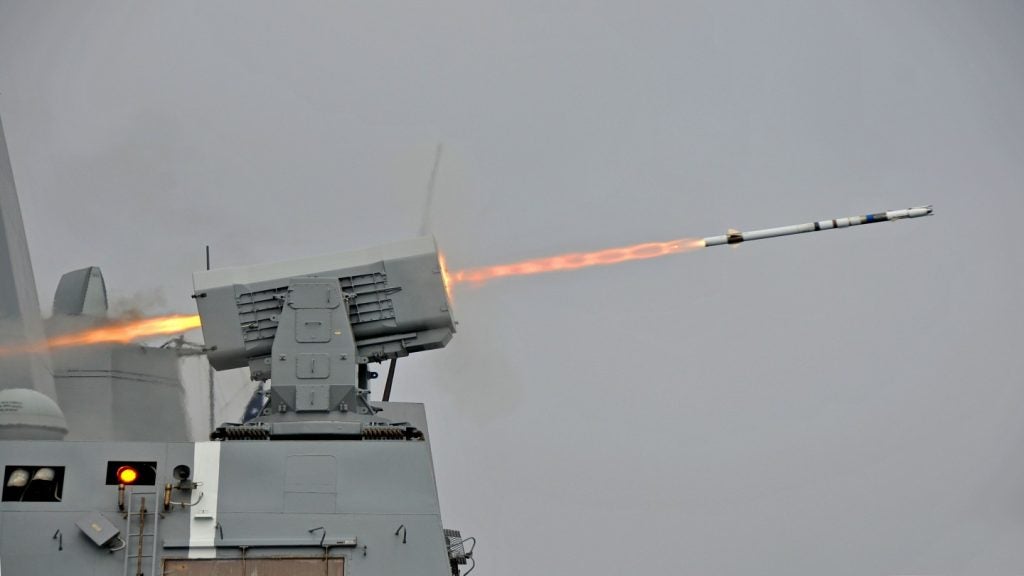
The US Navy is preparing for the scheduled launch of its third mobile-user objective system (MUOS) spacecraft, onboard the United Launch Alliance (ULA) Atlas V rocket, on 20 January from Cape Canaveral Air Force Station, Florida.
The third of five MUOS satellites was encapsulated into its payload fairing on 19 December 2014, paving the way for its upcoming launch.
MUOS programme manager navy captain Joseph Kan said: "This third MUOS launch is another major step toward achieving a fully operational MUOS end-to-end capability by 2016.
"The navy, in close collaboration with the army, air force and our industry partners, is bringing the future of worldwide mobile satellite communications into reality for the US and potentially allied nations."
Operating as a smartphone network in the sky, the Lockheed Martin-built MUOS has been designed to improve existing mobile satellite communications for soldiers in on-the-go missions.
After its launch, it will be able to offer users an on-demand, beyond-line-of-sight potential to broadcast and receive high-class, prioritised voice and mission data on a high-speed internet protocol-based system.
The third satellite, which aims to replace the legacy ultra-high frequency (UHF) follow-on system, integrates two payloads to endorse UHF narrowband communications accessibility and latest capabilities.
MUOS comprises four ground stations worldwide, as well as complex software, to deal with the network and a wideband code division multiple access (WCDMA) waveform, which acts as an interface for end-user radios.
The US Navy claims that when fully operational it will provide 16 times the capacity of the legacy system.
MUOS-1 and MUOS-2 were launched in 2012 and 2013 respectively and are currently operational from their geosynchronous orbit locations 22,000 miles above Earth.
Work on MUOS-4 is underway and it should be launched this year. The final MUOS ground station is also set for commissioning early this year.
Image: The US Navy’s first MUOS satellite during its launch at Cape Canaveral Air Force Base. Photo: courtesy of the US Navy, photo by Rick Naystatt.








